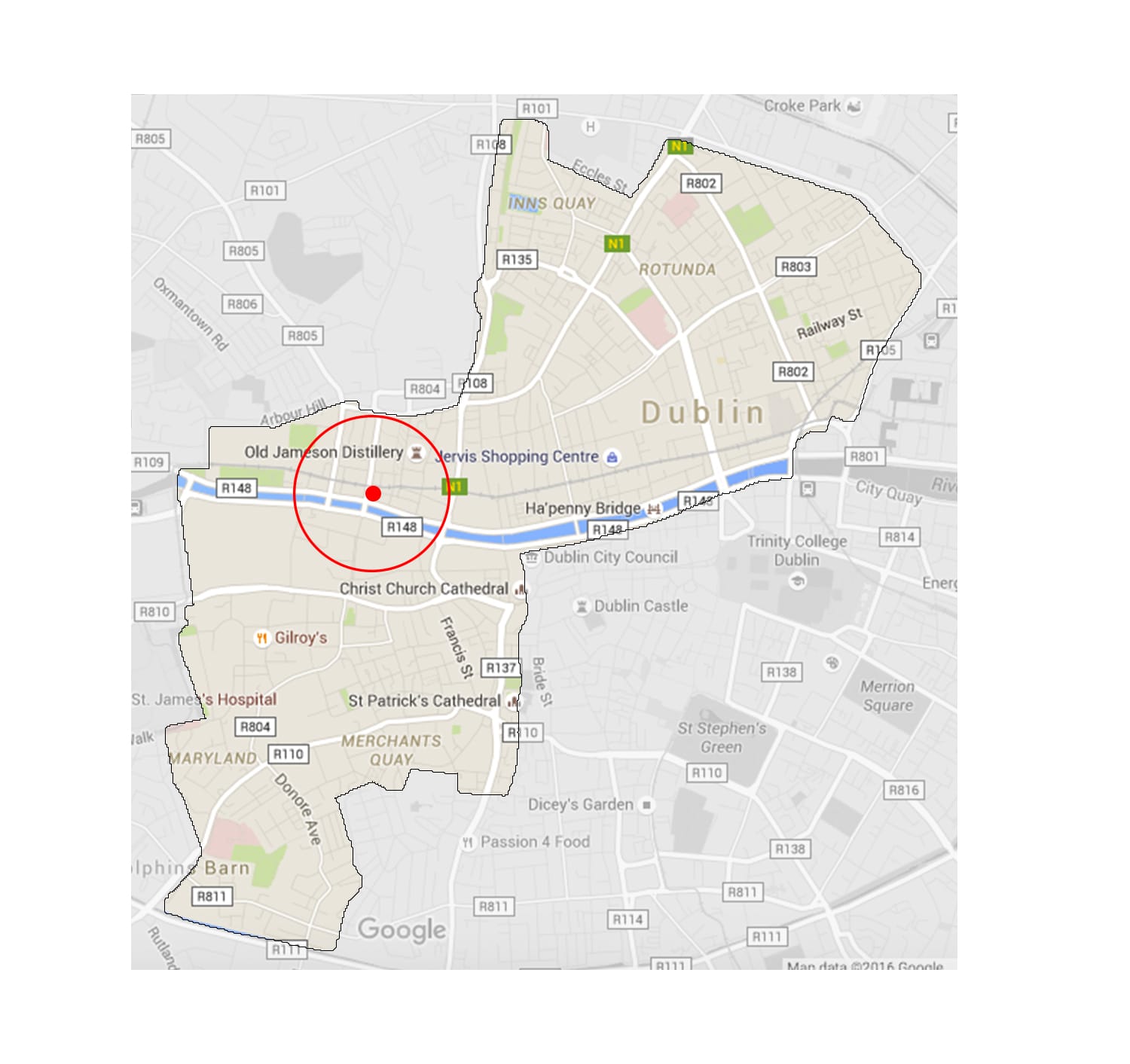What’s the best way to tell area residents about plans for a new asylum shelter nearby?
The government should tell communities directly about plans for new asylum shelters, some activists and politicians say.
In a new series of paired articles, Redrawing Dublin will look at some of the inner city’s great restaurants, and the challenges facing their neighbourhoods. Here’s their manifesto.

Which come first as a driving force in inner-city urban regeneration: the restaurants or the gentrifiers?
To what extent “gentrifiers” contribute to urban regeneration is a hot and contested debate perhaps best left to another day.
Redrawing Dublin has, however, nailed its colours to the mast. Put simply, we are of the opinion that being an undesirable place to live for those with real housing choice is not, and should never be, a badge of honour for an urban neighbourhood.
Back to restaurants and food.
Cities are rapidly changing. Recreation, leisure, culture are all replacing shopping as the engines of city-centre economies. But it is the consumption of food, whether in boutique farmers’ markets or cheap-and-cheerful street stalls, in all manner of restaurants, coffee shops, and eateries, that is now recognised as one of the primary driving forces in urban regeneration.
As pubs struggle or reinvent themselves, restaurants continue to march forward. Dublin is no different. Eating out is now recognised as a huge driver of urban renaissance.
Dublin has witnessed an explosion in the number, diversity, and quality of its restaurants in the past decade or so. The economic crash did little to dampen the appetite of a vibrant eating-out culture in Dublin. Certainly, as the economy recovers we are likely to see that trend accelerate.
Redrawing Dublin, a long-time champion of city living and urban regeneration has decided to talk food, and, specifically, to sample a weekly taste of what’s happening in the burgeoning restaurant scene in Dublin’s inner city.
When we say inner city, we mean inner city. We have will restrict our food tasting to Dublin 1, 7 and 8.
Redrawing Dublin has written extensively on what we believe differentiates Dublin’s inner city from its city centre. There is, of course, no line on an official map, no street sign that designates where the so-called city centre ends and the inner city begins. Perhaps to the untrained ear, the casual observer, the inner city and the city centre sound similar, interchangeable even.
For many Dubliners, their difference of meaning if not their exact geographies is perfectly clear.
Put bluntly, the city centre is generally viewed as an interesting place to visit, to hang out, to socialise, to shop, to enjoy. The inner city on the other hand, for too many Dubliners, is that part of the city on the edge. It is a place that is perceived, fairly or not, as undesirable to live in.
Crunching all sorts of data from density and socio-economic disadvantage, to liveability and vibrancy, Redrawing Dublin has taken the risk of actually putting our inner-city boundary on a map.

In talking up the importance of food in urban regeneration in our weekly column, Redrawing Dublin will at the same time talk openly about some of the local challenges, including unexploited opportunities, that inhibit successful inner-city regeneration.
So is the inner city that challenging a place to live? And if so what or who continues to shortchange the liveability of our inner city?
Each week, we will endeavour to uncover and discuss a meaningful urban challenge that we believe currently holds the neighbourhood back, preventing it from reaching its true livable potential.
We will talk about issues as diverse as dereliction, traffic pollution, lack of greenery, housing shortages, apartment quality, anti-social behaviour — anything that seriously undermines our ability to access and enjoy a desirable, liveable inner city.
The only proviso: the local challenge must be within a 400m radius or 4- to 5-minute walk from the restaurant under review. Our self-imposed geographic limit to find a meaningful and immediate local challenge, perhaps unfortunately for too much of the inner city, shouldn’t prove to be too difficult.
So what’s out there, and where to start?
Dublin 7 seems like a good place. The area has in recent years begun to emerge for those in the know as somewhat of an inner-city foodie destination. Capel Street has seen an explosion in Asian eateries.
The Stoneybatter-Smithfield neigbourhood is now home to a number of trendy destination restaurants including Wuff, Fish Shop, and Boqueria. Smithfield Square alone has seen the arrival of three new coffee shops in the past few months.
For round one, we chose Fish Shop on Queen Street.
Disclaimer. We are residents of the area.